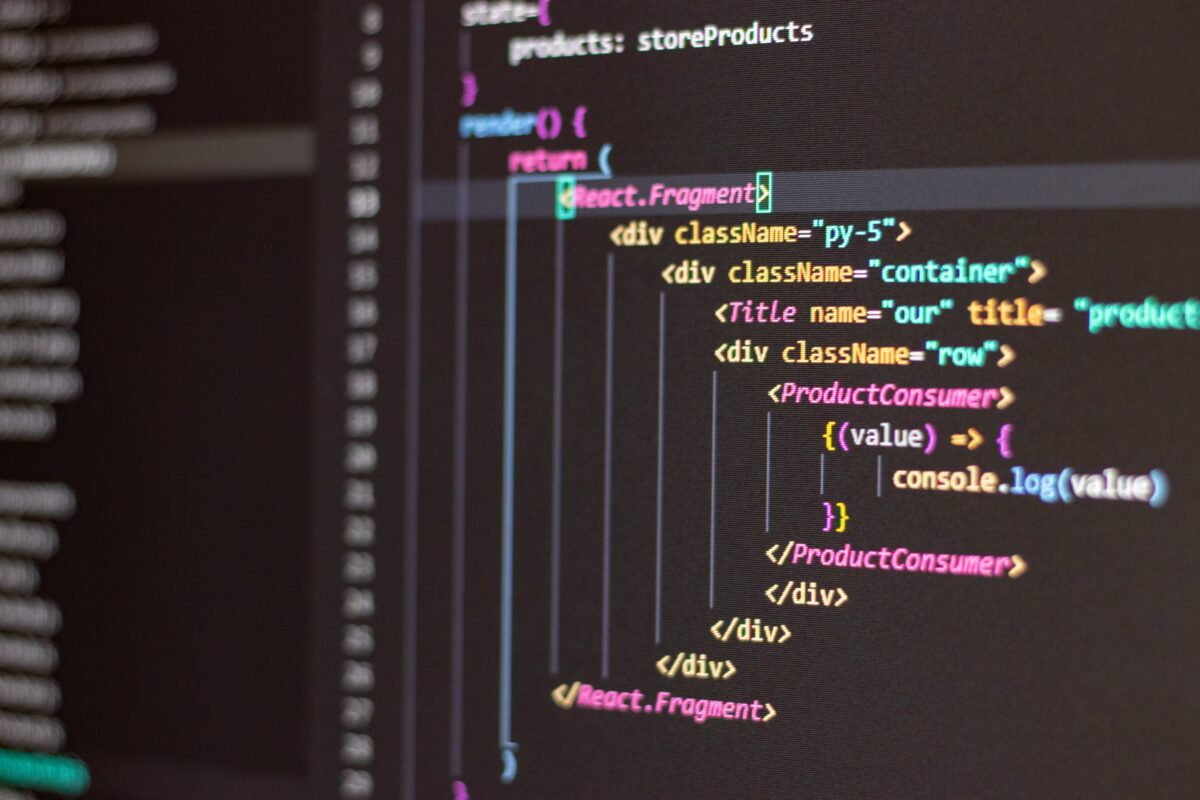Artificial intelligence seems to be the solution to large worldwide problems, expensive tasks can be automatized, and it can help humans make better decisions based on more clear information (Davenport and Ronanki, 2018). However, the problems of artificial intelligence and even basic algorism are becoming more known in everyday news. In 2020 a Twitter algorithm that has the basic function of cropping images that are too large to fit in a tweet, cropped pictures in such a way that white people are displayed more often than people of color (Dans, 2020).
This phenomenon is not unique, more advanced algorithms (with integrated AI) have the same problem too. The Dutch tax authorities used algorithms to detect tax fraud of Dutch households. The algorithm disadvantaged people with double nationalities more than Dutch citizens. They were often more suspected of fraud, even if they did not commit fraudulent activities at all (ANP, 2020).
Algorithms have great power at making predictions and classify information, but only base their information on existing data. A computer cannot rationalize why they make certain decisions. Unlike humans, computers use training data to look for patterns and use them to make predictions. Therefore, computers cannot describe how they made certain decisions. Problems such as the cropping algorithm of Twitter can be caused by unbalanced data or data with sample bias, in which the algorithm does not have sufficient cases in which people of color are the main focus in a big picture.
“Algorithms don’t do a good job of detecting their own flaws” – Clay Shirky
As algorithms get smatter, we tend to have less control over them. Basic algorithms such as decision tree algorithms or linear regression algorithms are relatively easy to understand, therefore we can change them if necessary. For example, if the algorithm bases its decisions in unethical matters or has unethical outcomes. Modern algorithms have better performance but are harder to understand and to change. We know which variables have a bigger impact than others, but creators have little idea of how these variables affect the outcome. Highly known examples are support vector machines algorithms, random forest algorithms and k-nearest neighbor clustering algorithms. Right now, and in the near future, many algorithms become more powerful by introducing elements of AI and machine learning. These algorithms perform like black boxes, we have little idea which variables influence the outcome and how important they are. Therefore, identifying unethical aspects is hard, even not impossible (Heilweil, 2020). A well-known example is the deep neural networks algorithm.
References
ANP. 2020. Kamer geschokt door ‘harde conclusies’ over discriminatie fiscus. [Online]. [Accessed 8 October 2020]. Available from: https://www.trouw.nl/binnenland/kamer-geschokt-door-harde-conclusies-over-discriminatie-fiscus~b58b06e0/
Dans, E. 2020. Biased Algorithms: Does Anybody Believe Twitter Is Racist?. [Online]. [Accessed 8 October 2020]. Available from: https://www.forbes.com/sites/enriquedans/2020/10/03/biased-algorithms-does-anybody-believe-twitter-isracist/?ss=ai#dbf52e584665
Davenport, T.H. and Ronanki, R. 2020. Artificial Intelligence for the Real World. [Online]. [Accessed 8 October 2020]. Available from: https://hbr.org/2018/01/artificial-intelligence-for-the-real-world
Heilweil, R. 2020. Why algorithms can be racist and sexist. [Online]. [Accessed 8 October 2020]. Available from: https://www.vox.com/recode/2020/2/18/21121286/algorithms-bias-discrimination-facial-recognition-transparency


